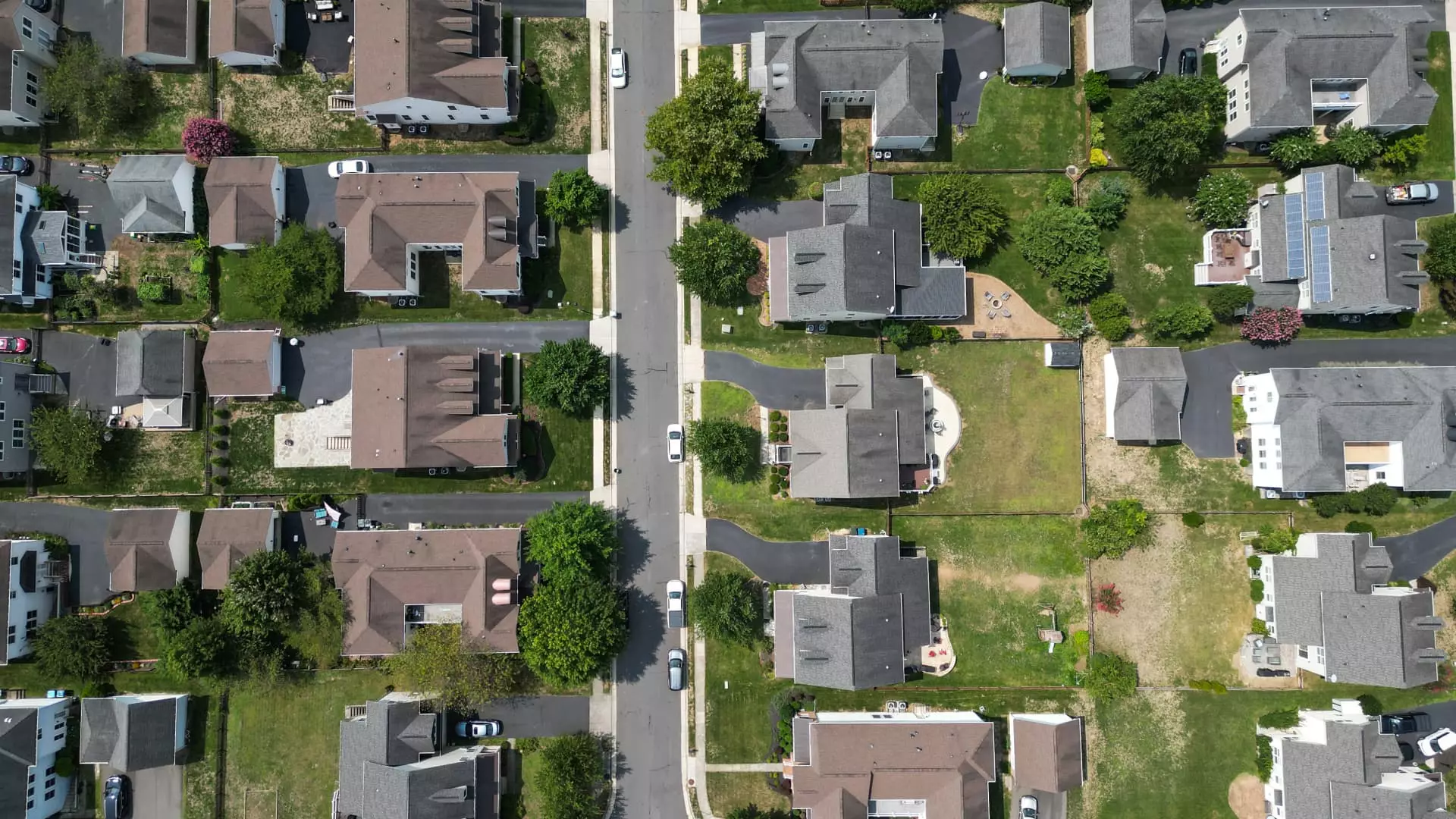Recent declines in mortgage rates have ignited a wave of refinancing activity that appears to favor existing homeowners more than those seeking to buy their first home. While the drop to nearly 6.79% for 30-year fixed-rate loans is encouraging—potentially offering substantial savings—the overall impact exposes troubling disparities within the housing market. Homeowners, especially those with large loans, are capitalizing on this moment to lower their interest payments, yet prospective first-time buyers remain hesitant, held back by lingering economic uncertainties and inflated property prices. This divergence illustrates a widening gap between middle-class stability and the increasing barriers for newcomers trying to enter the market.
The Real Impact on Homeownership Opportunities
Despite the favorable rate environment, demand from homebuyers remains tepid, registering only a marginal increase of 0.1%. This stagnant activity reflects an ecosystem where affordability extends beyond interest rates alone. Factors such as rising property costs, stringent lending standards, and economic unpredictability contribute to a hesitative buyer base. The cautious stance among consumers signals a broader discomfort with current economic conditions; uncertainty around employment prospects and inflation continue to deter many from making substantial financial commitments. Consequently, the housing market becomes less a space of opportunity and more an arena of frustration for first-time buyers who see prices rising faster than their ability to save and secure financing.
The Paradox of Rate Drops and Market Inertia
Interestingly, even as mortgage rates decline, overall activity fails to surge correspondingly. This counterintuitive trend underscores the complex nature of financial decision-making, where falling rates alone are insufficient to invigorate demand. For homeowners, refinancing offers relief and immediate savings, but for prospective buyers, the reluctance persists. The increased borrowing sizes—averaging over $300,000—reflect that those who are refinancing tend to be wealthier or more financially secure, further accentuating economic divides. Meanwhile, many potential homebuyers remain sidelined, unsure whether waiting for even better conditions will be advantageous, or if price growth will erode any benefits gained from lower interest rates.
The Broader Economic Narrative and Its Political Implications
This scenario feeds into a broader narrative of economic inequality and market segmentation. Politically, there is a danger in unchecked optimism about interest rate movements. While conservative fiscal policies may aim to stabilize borrowing costs, they fail to address the underlying issues of housing affordability and wage stagnation—core drivers that keep many house-hunters on the sidelines. A focus on superficial rate reductions without accompanying structural reforms risks creating a bifurcated market: the financially secure can leverage the favorable conditions, while middle- and lower-income families remain trapped in a cycle of rental dependence and unaffordable purchase prices. It calls into question whether policymakers are truly prioritizing sustainable growth that benefits a broader spectrum of society or merely catering to the interests of those already positioned to take advantage of a fleeting window of opportunity.

